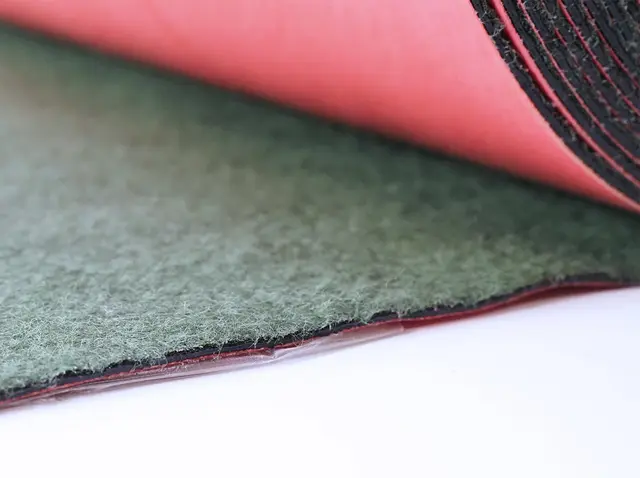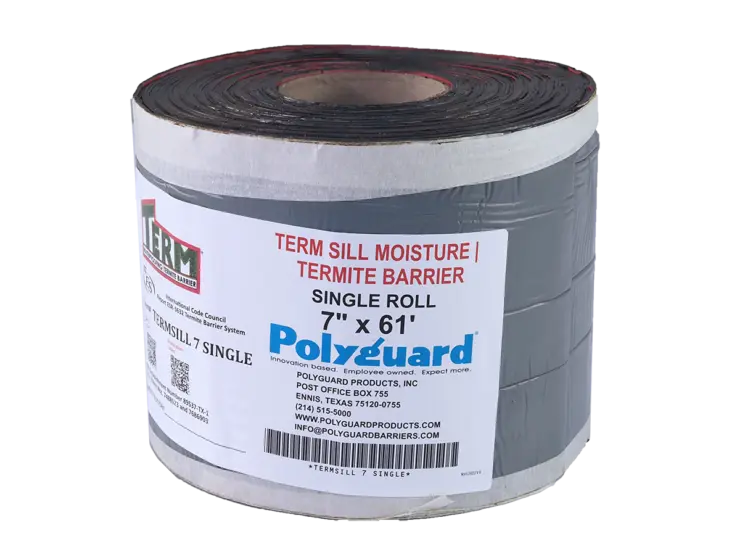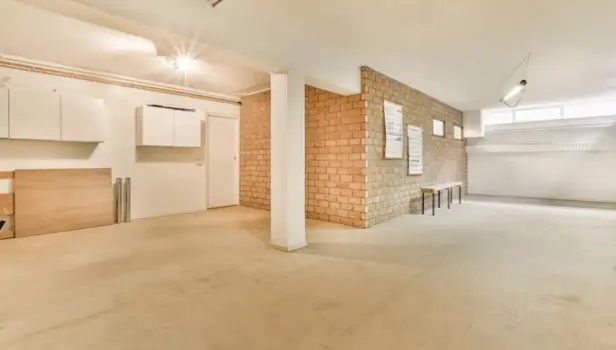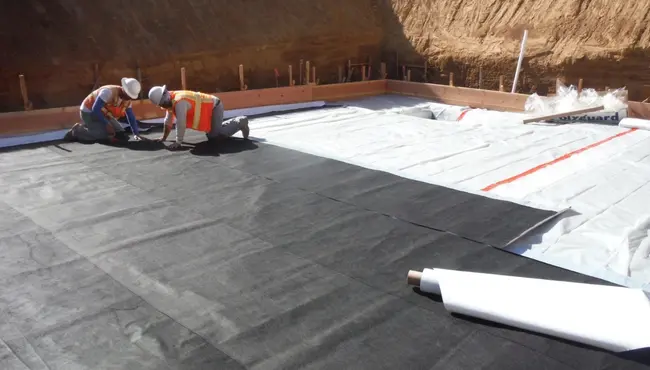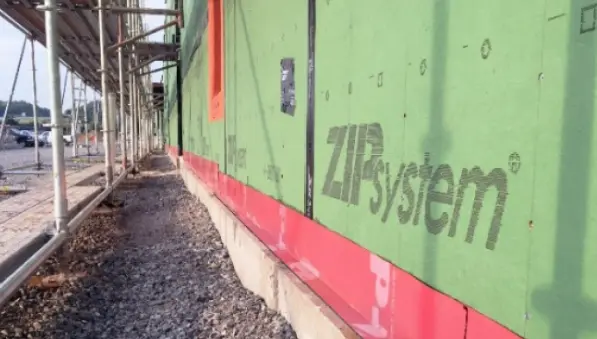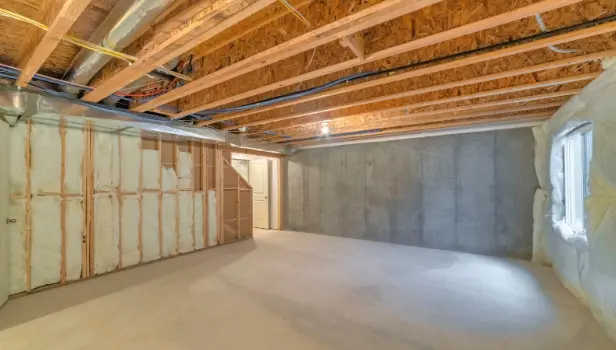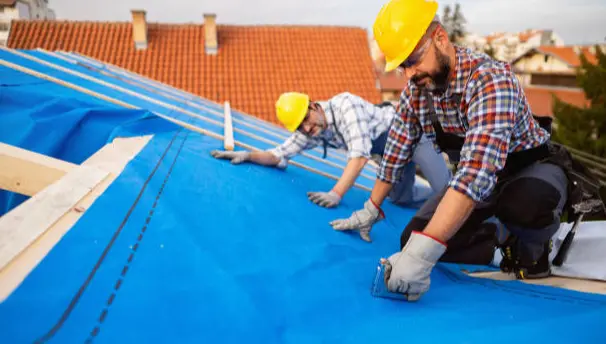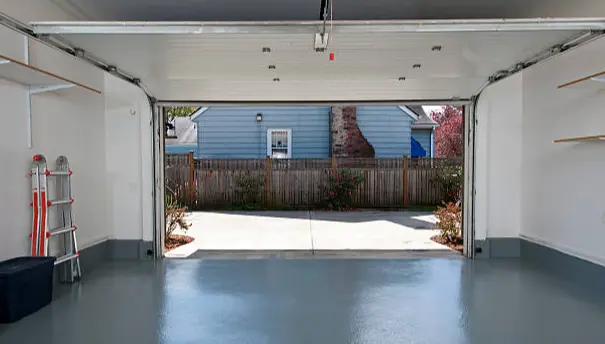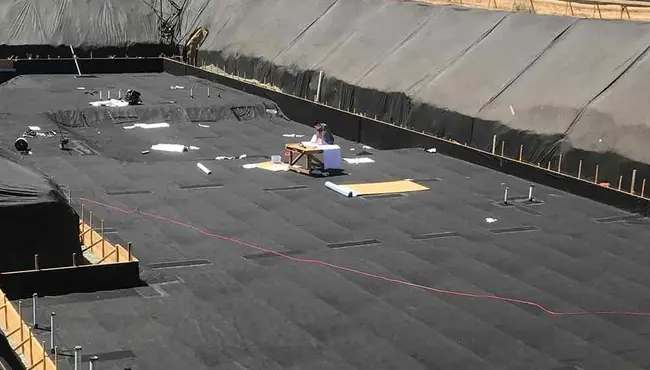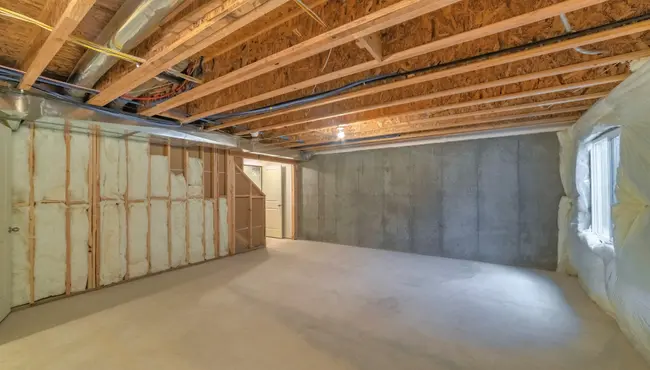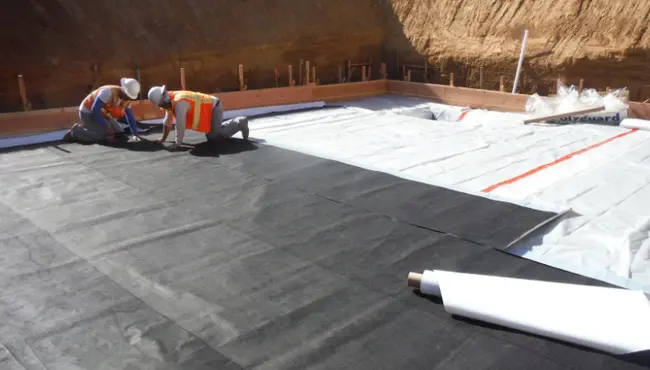Crawl space encapsulation is an essential process that helps homeowners enhance the health and efficiency of their homes. But if you find yourself asking “What is crawl space encapsulation?” you should know that you’re not alone.
In fact, a lot of our customers ask us this question all the time.
Fortunately for them, we know the answer, and by the end of this article, you should too.
Let’s get started.
What is Crawl Space Encapsulation?
By definition, crawl space encapsulation is a technique that involves sealing off the crawl space with a combination of vapor barriers and insulation materials to control moisture, improve air quality, and enhance energy efficiency.
The Process
The process of crawl space encapsulation involves cleaning and preparing the area, installing vapor barriers on the floor and walls, insulating the space, and sealing all vents and openings. This thorough sealing process transforms the crawl space into a dry, clean, and energy-efficient area, significantly reducing moisture and improving air quality throughout the home.
Materials Used
- Vapor Barriers: These are thick, polyethylene sheets (typically 8 to 20-mil) that cover the floor and walls of the crawl space.
- Insulation: Foam boards or fiberglass batts are used to insulate the crawl space walls and floors, enhancing energy efficiency.
- Sealing Components: High-quality tapes and adhesives are used to seal seams and vents, ensuring an airtight encapsulation.
Crawl Space Encapsulation vs. Adding a Vapor Barrier Alone
Once individuals start understanding crawl space encapsulation, they consider the idea of adding a vapor barrier alone. However, here’s the problem with doing that:
The comprehensive approach of crawl space encapsulation provides a long-term solution to moisture problems and improves the structural integrity and living conditions above.
In contrast, installing just a vapor barrier involves placing a moisture-resistant material over the soil to primarily prevent moisture from rising into the crawl space.
Although the vapor barrier helps control ground moisture, it does not address other environmental factors such as humidity, pests, or temperature fluctuations that full encapsulation does, which means one thing:
If you leave your encapsulation up to a vapor barrier alone, your home is much more susceptible to damage.
The Do's and Don'ts of Crawl Space Encapsulation
Do’s
- Proper Cleaning: Before starting the encapsulation, ensure the crawl space is free from dirt, debris, and old insulation. This helps in achieving a smooth and effective installation of the vapor barrier and insulation.
- Use High-Quality Materials: Opt for durable and high-quality materials like TERM Sill Moisture|Termite Barrier to ensure long-lasting protection.
- Regular Maintenance: Periodically check the encapsulated space to ensure the vapor barriers, seals, and dehumidifiers are functioning correctly.
Don’ts
- Avoid Low-Quality Materials: Using low-quality, thin plastic barriers can lead to tears and failures, compromising the encapsulation.
- Neglect Moisture Issues: Address existing moisture problems such as leaks or standing water before encapsulation to prevent future issues.
- Ignore Ventilation Needs: Ensure proper ventilation by sealing vents correctly and maintaining appropriate air circulation within the encapsulated space.
Benefits of Crawl Space Encapsulation
Improved Indoor Air Quality
Encapsulating a crawl space significantly improves indoor air quality by reducing the entry of allergens, mold spores, and pollutants.
A properly sealed crawl space prevents musty odors and enhances the overall living environment, making it healthier for occupants.
Energy Efficiency
Encapsulation helps in maintaining consistent indoor temperatures by preventing conditioned air from escaping and blocking outdoor air from infiltrating. This reduces the workload on heating and cooling systems, leading to lower energy bills. On average, homes with encapsulated crawl spaces can save 15% or more on yearly heating and cooling costs.
Enhanced Structural Integrity
Moisture can cause severe damage to the structural elements of a home, including wood rot and foundation issues. Encapsulation protects these elements by keeping the crawl space dry, thus extending the lifespan of the home’s structure and reducing maintenance costs.
Pest Prevention
Sealing the crawl space eliminates entry points for pests such as rodents and insects, creating a less hospitable environment for them. This not only prevents infestations but also reduces the likelihood of damage caused by these pests.
Enhanced Home Comfort
With encapsulation, homeowners can enjoy a more comfortable living environment. The consistent indoor temperatures and reduced humidity levels ensure that the home remains cozy throughout the year, eliminating cold floors in winter and high humidity in summer.
Cost Considerations and ROI
Average Costs
The cost of crawl space encapsulation depends on the size and condition of the crawl space, the materials used, and labor costs. Typically, it ranges from $1,500 to $15,000, with the national average being about $5,000.
Long-term Savings
Although encapsulation can be initially expensive, it offers significant long-term savings. Reduced energy bills, lower maintenance costs, and the prevention of costly repairs contribute to the overall cost-effectiveness of this investment.
Increased Property Value
Encapsulating a crawl space can enhance the value of a property. Potential buyers are likely to appreciate the improved air quality, energy efficiency, and structural integrity that encapsulation provides, making it a valuable selling point.
Effective Crawl Space Encapsulation with Polyguard Products
TERM® Waterproofing | Termite Barrier
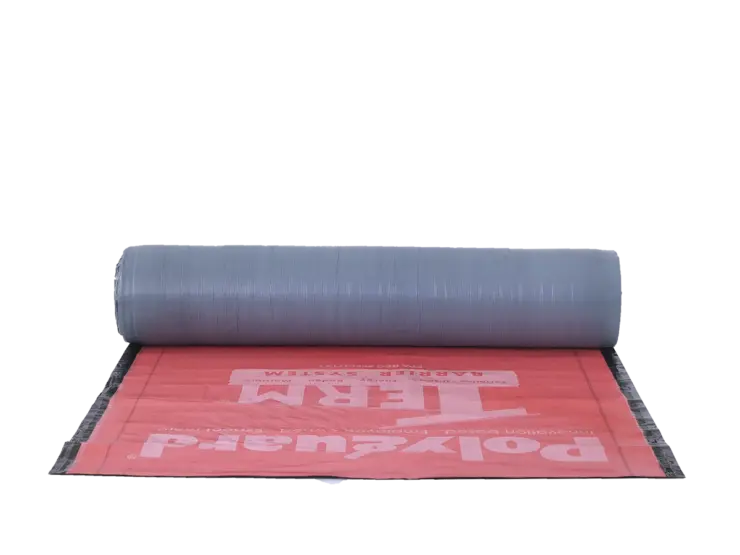
Polyguard’s TERM® Waterproofing | Termite Barrier offers comprehensive protection against moisture and termites. This robust vapor barrier combines a high-density polyethylene film with a termite-resistant sealant, providing a durable shield against water and pests. Its exceptional puncture resistance and long-term performance make it ideal for crawl space encapsulation.
Airlok Flex VP

Airlok Flex VP is a flexible, breathable membrane designed to control air and moisture infiltration while allowing vapor to escape. This product enhances energy efficiency and indoor air quality by preventing uncontrolled air leakage and condensation. Its durability and flexibility make it suitable for a variety of building applications, including crawl space encapsulation.
TERM® Sill Moisture | Termite Barrier
The TERM® Sill Moisture | Termite Barrier is specifically designed to protect the sill plate area from moisture and termite damage. This product combines a waterproofing barrier with a termite-resistant sealant, providing dual protection. Its easy application and strong adhesion ensure a secure and effective seal, crucial for maintaining the integrity of encapsulated crawl spaces.
TERM® Flashing | Termite Barrier
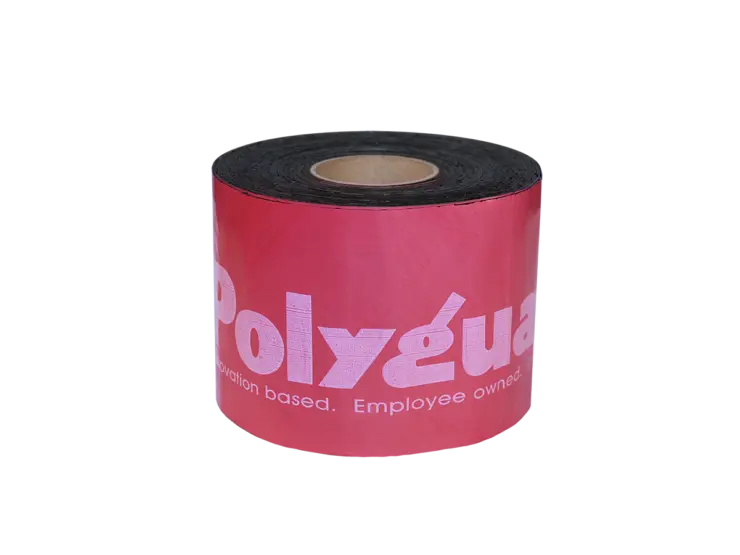
TERM® Flashing | Termite Barrier is used where the horizontal concrete slab intersects with exterior sheathing. This flexible membrane prevents air, moisture, and pest infiltration, providing comprehensive protection. With over 20 years of testing and evaluation by the International Code Council, it ensures long-term durability and reliability in crawl space encapsulation projects.
Enhance Your Home with Polyguard Crawl Space Solutions
A well-sealed crawl space is essential for a healthy, energy-efficient home. Polyguard offers specialized products that deliver superior moisture control, pest resistance, and improved structural integrity.
Our range of solutions ensures long-lasting protection and enhanced air quality.
Contact us today for more information.
